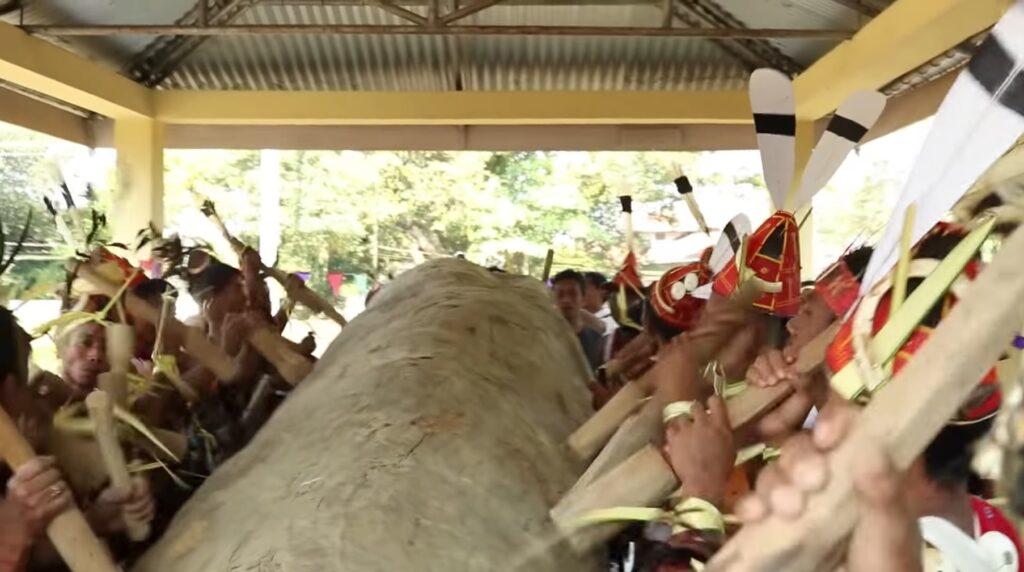The Chalo dance is part of Arunachal Pradesh’s most awaited festival, called Chalo Loku. This festival is a grand celebration in the state and takes place every year in October and November.

Nocte Chalo Loku festival
It is a celebration of the Nocte tribe. This tribe is a prominent one in this state, and they are spread over many villages across multiple districts. The name Chalo Loku translates to paddy cultivation season in English. It is celebrated just before the farmers harvest the paddy. This festival is a way by which the Nocte tribe says goodbye to a past season.
The festival is celebrated for three long days, and each day has its rituals, which have a lot of significance for these tribal people. The first day, called Phamlaja, starts with the sacrifice of pigs and buffalos. The meat is used for feeding all the people in the village.
Chamkatja is what the next day is addressed as. It is an auspicious day for the tribe and is marked by the Chamkat ceremony. All the villagers headed by their chief visit a place called “Chaatam” which is situated on the village outskirts. Everyone prays for a better harvest and overall well-being. The day ends with a nice meal and rice beer. People then visit their relatives and friends and exchange gifts. The chief of the tribe also hosts all villagers at his place, and there the Chalo dance is performed for 2 to 3 hours.
The third day, called Thanlangja, starts with the breaking of eggs by the village head and other elderly people. The eggs are believed to be an indication of the future. Based on this, field plots are chosen for farming in the following year. Following this, everyone gathers at the courtyard of the chief, where the traditional Chalo dance is performed by the villagers.
Chalo Dance Costume
The Chalo dance is open to people of all ages, and you can be a part of it even without the traditional attire. The performance at the chief’s courtyard requires dancers to be dressed traditionally. The men wear a loincloth in the Indian dhoti style on the bottom. The top is usually bare or adorned with silver or bamboo jewellery.
The headgear is an elaborate one with white feathers attached and many other decorative pieces. The women wear a blouse and cotton skirt that goes up to their knees. They also tie a matching piece of cloth on the waist. Both men and women wear metallic rings, armlets, anklets and earpieces.
Songs And Instruments
The dance is synced with the beats of the drum, and people sing songs. The celebration continues throughout the night, and families who took part in the Chamkat ceremony are invited to perform the Chalo dance.

Pingback: All Folk Dances of India - Auchitya
Pingback: All Folk Dances of India - Auchitya